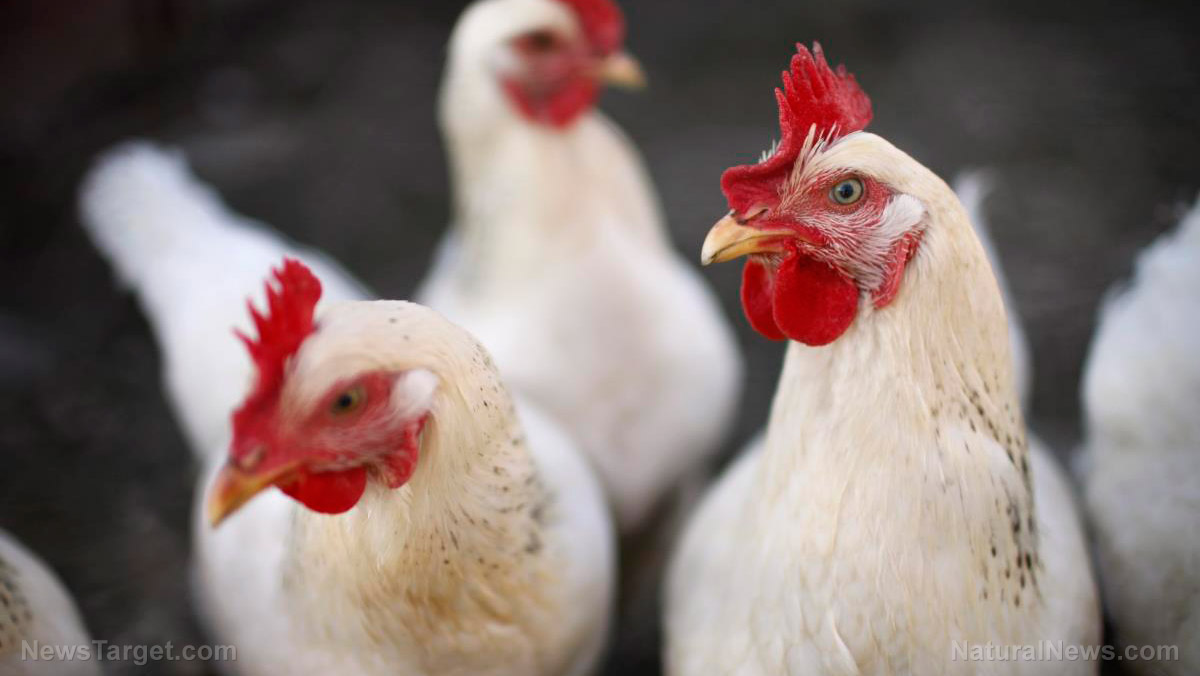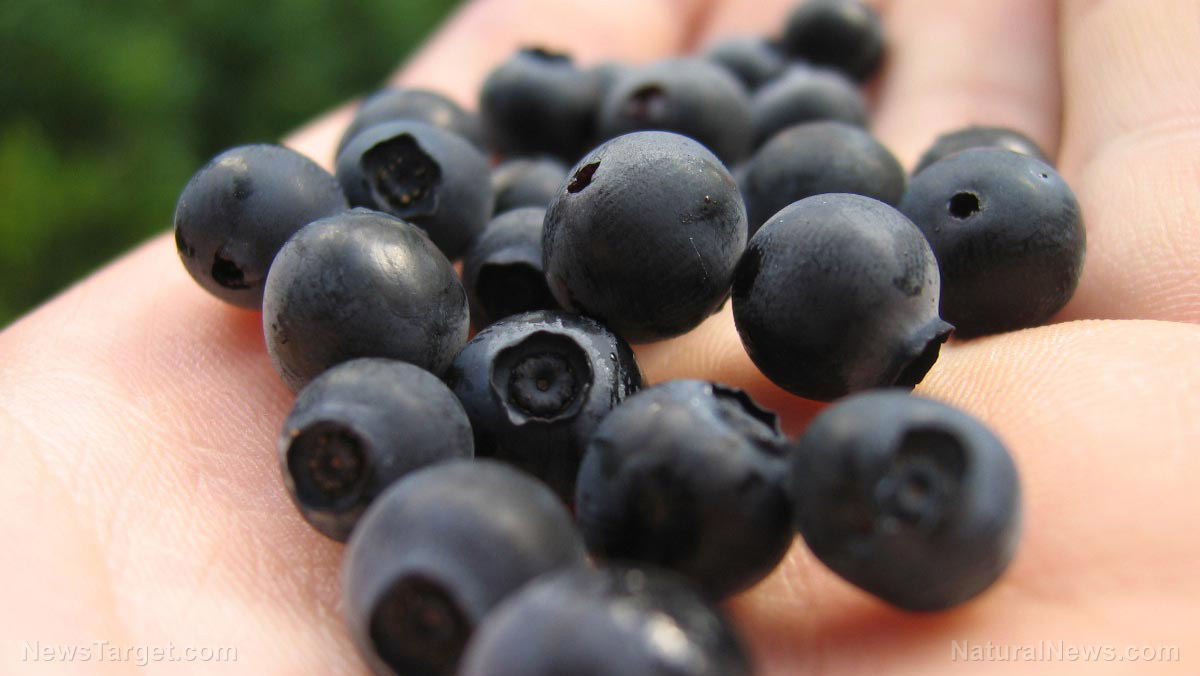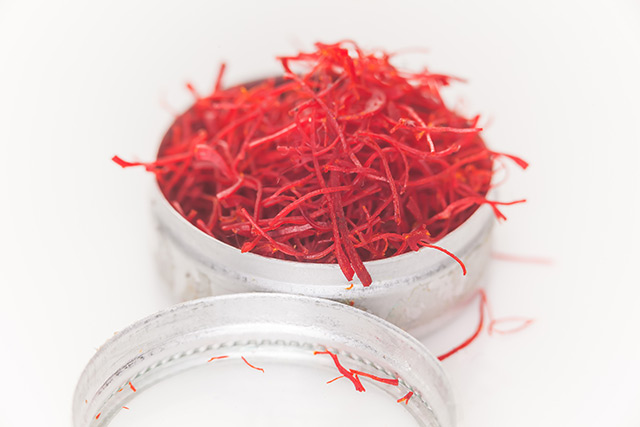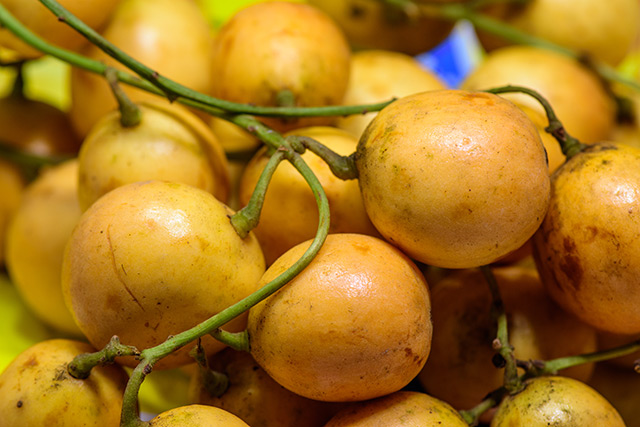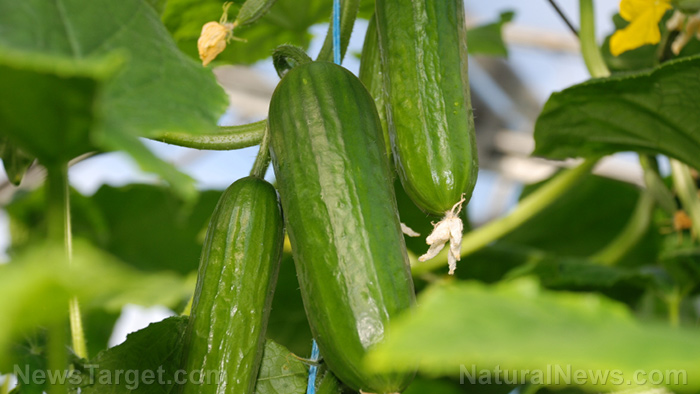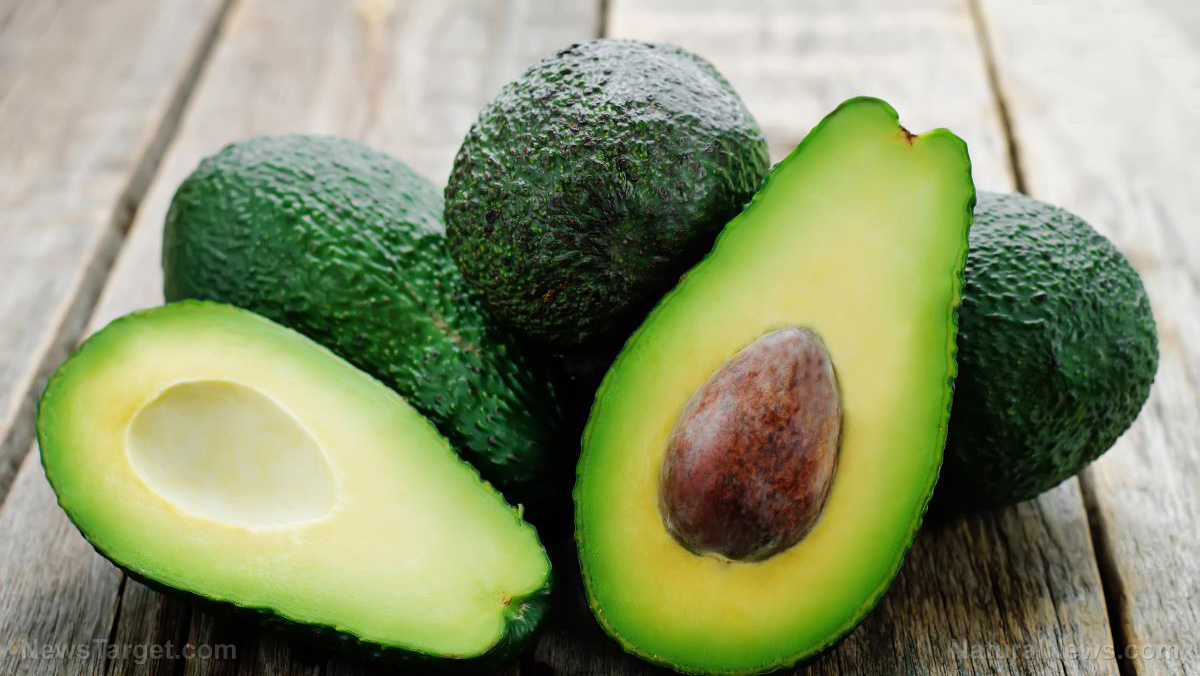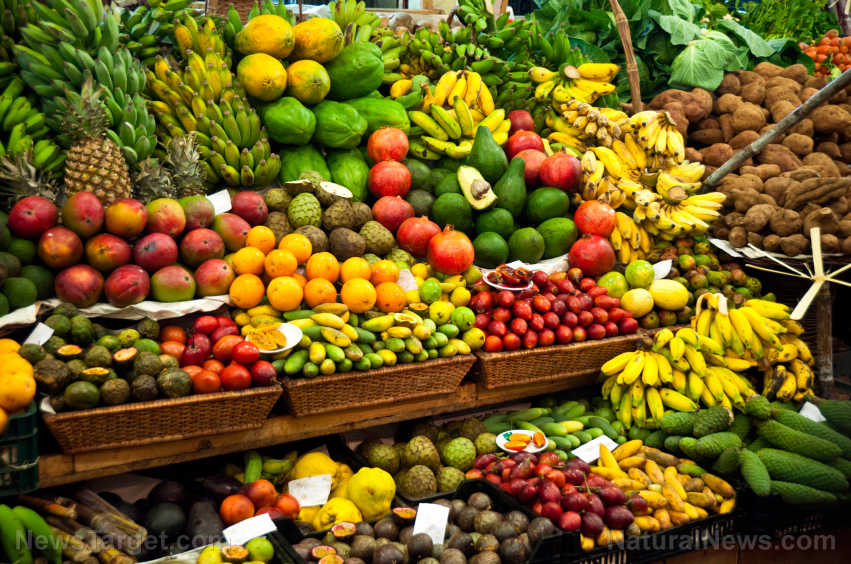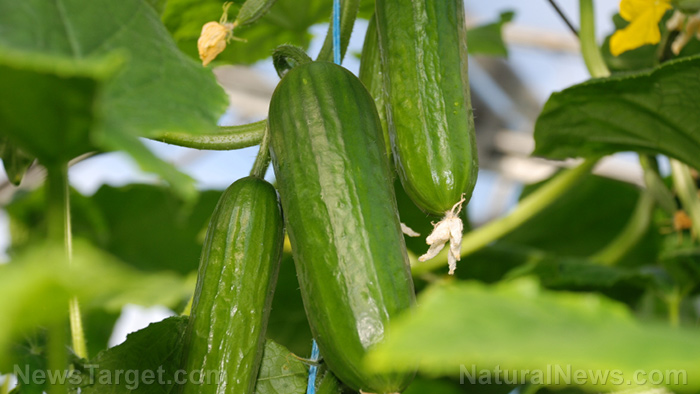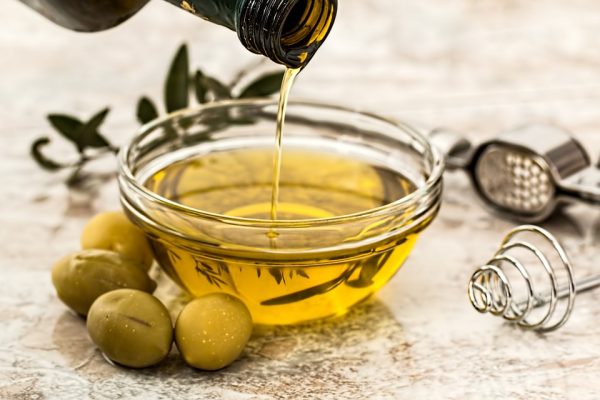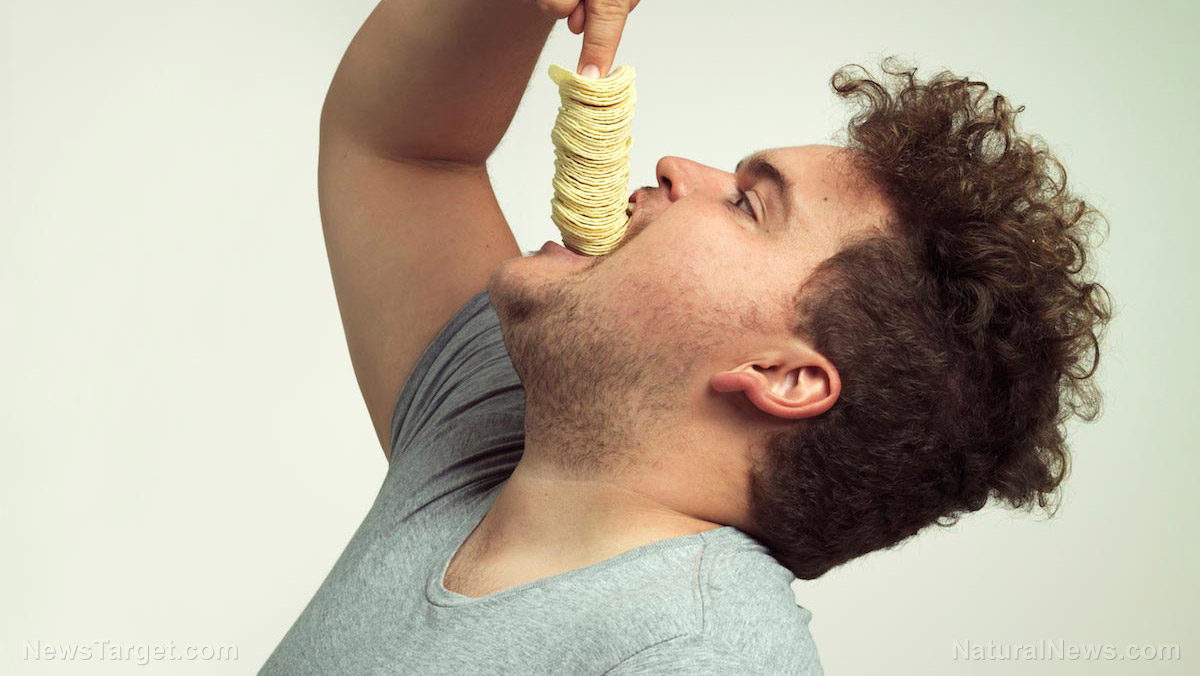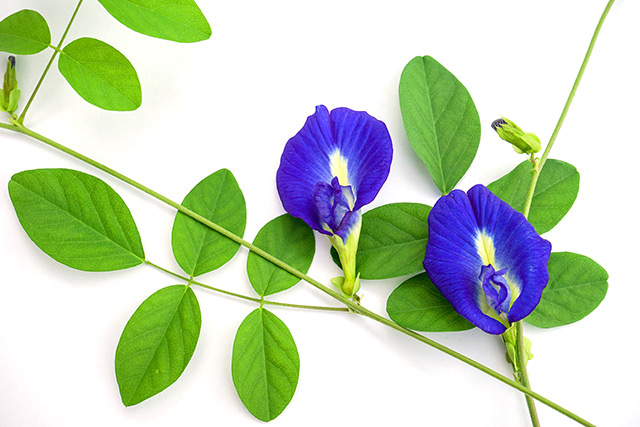The aqueous extract of mangoes demonstrates anti-anemic potential
07/29/2018 / By Edsel Cook

An animal experiment with the stem bark of the mango tree (Mangifera indica) showed that the resulting aqueous extract could serve as a potential treatment for anemia. In the iron-deficient rat model, the extract boosted the activity of disaccharidases and improved the levels of iron in the blood.
The University of Ilorin supported the study, which was published in the Journal of Nutrition & Intermediary Metabolism.
- Iron deficiency is a critical concern in Africa. The condition is closely associated with anemia.
- The bark of the mango tree serves as a traditional medicine in Africa. It is used as a traditional treatment for iron deficiency and anemia.
- Weanling rats with iron deficiency received three different doses – 25, 50, and 75 milligrams per kilogram (mg/kg) of body weight – of aqueous extract from mango tree bark. The treatment lasted for two weeks.
- Blood analysis showed that untreated iron-deficient rats had less packed cells, lower levels of hemoglobin, and fewer red blood cells compared to healthy rats that ate food rich in iron. These three indicators improved in iron-deficient rats that received the extract.
- Furthermore, the extract also improved the activity of sucrase and lactase, two disaccharidases that break down sugars. Analysis of the extract showed it contained iron, cardiac glycosides, and saponin.
Based on the results of their experiment, the researchers identified the 25 mg/kg body weight as the safest effective dose of aqueous extract. They also recommended additional studies on the toxicology of the bark of the mango tree.
Read the full text of the study at this link. Or look for more articles on healing herbs at Healing.news.
Journal Reference:
Modupe O, Oladiji TA. OPTIMIZING DOSE OF AQUEOUS EXTRACT OF MANGIFERA INDICA L STEM BARK FOR TREATING ANAEMIA AND ITS EFFECT ON SOME DISACCHARIDASES ACTIVITY IN IRON DEFICIENT WEANLING RATS. Journal of Nutrition & Intermediary Metabolism. March 2016;3:18–22. DOI: 10.1016/j.jnim.2015.12.001.
Tagged Under: African Mango, anemia, anemic, causes of anemia, herbal medicine, herbal medicines, iron deficiency anemia, mango, tree bark

